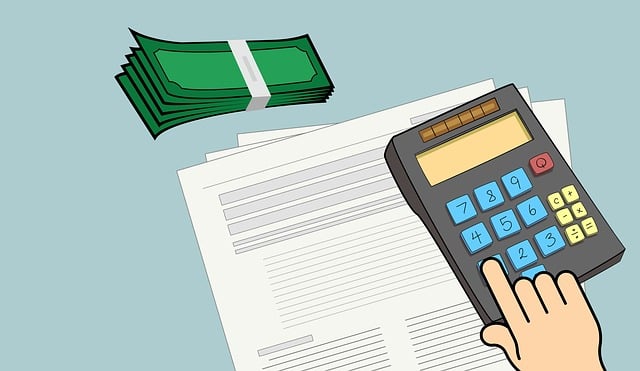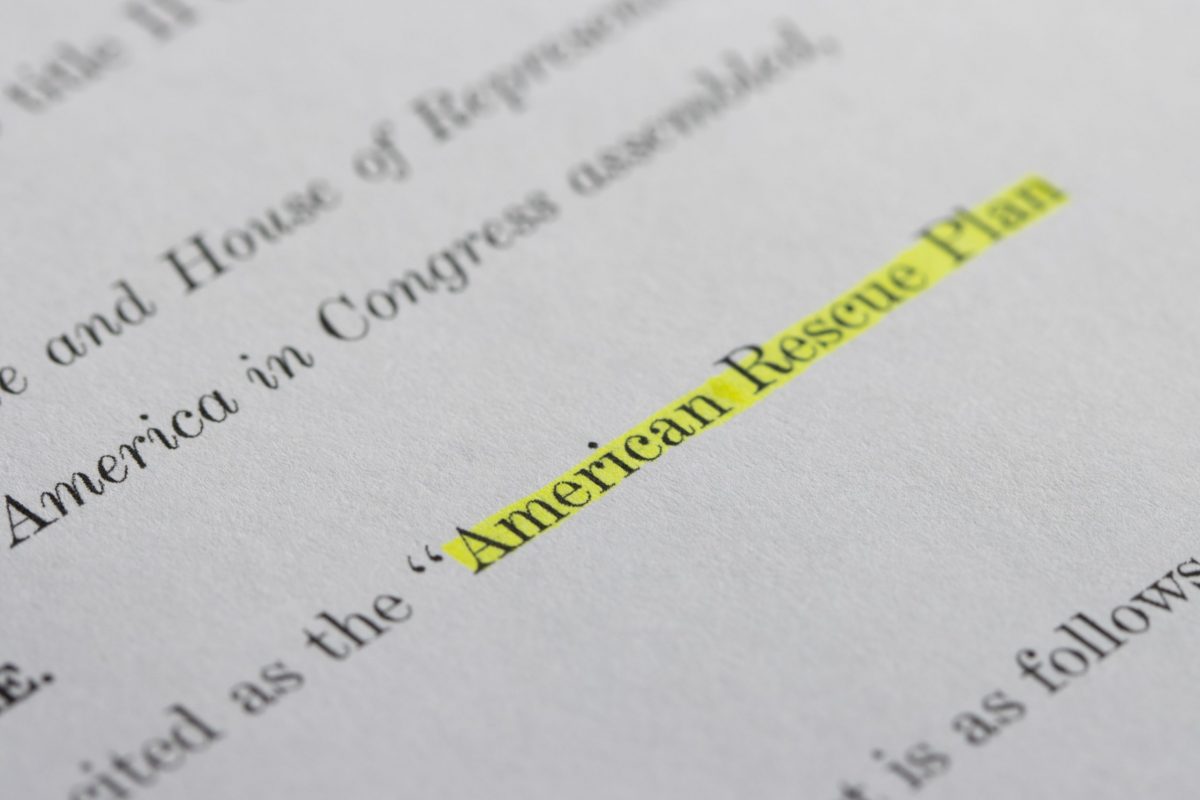
CA Budget Time Again: Small Surplus is Back But Catastrophic Needs Ahead
01.11.2025 | Linda J. Rosenthal, JD

The $1.9 trillion American Rescue Plan Act (ARP) is a remarkable legislative achievement, delivering “much-needed relief to many nonprofits on the frontlines of helping people in communities across this country….”
The legislation also gives desperately needed aid to the state and local governments that fund and support much of the work done by the nonprofit sector. Among the permissible uses is “assistance to households, small businesses, and nonprofits, or aid to impacted industries,” as well as “funding services that governments cut due to declines in revenue brought on by the pandemic….” Notably, the rescue package includes an explicit ban on governments diverting this aid money to counterproductive and non-pandemic-related purposes like subsidizing a new round of tax cuts for upper-income taxpayers.
That financial assistance to state and local governments is on top of targeted direct-aid grants to cultural organizations as well as to educational and healthcare institutions.
Workers, including those furloughed or laid off from nonprofits, get extended unemployment benefits and help with COBRA payments. The $1.9 trillion rescue package also includes rental and mortgage relief, food assistance, costs savings for ACA recipients, and funding for Medicaid expansion in states without it. And certainly the third round of direct stimulus payments and the beefed-up tax credits for low-income families will help lessen the strain on nonprofit social services organizations who have responded to a deluge of emergency aid requests over the past twelve months.
But even this historic and generous legislation did not meet the full wish list of the advocates for our community, using the hashtag #Relief4Charities, that have worked tirelessly for the entire pandemic period to urge lawmakers to take bold and complete action.
The #Relief4Charities team is happy that the American Rescue Plan Act “… makes significant improvements on the prior relief packages and addresses a number of the concerns of our coalition. However, it still comes up short in a few areas.”
Paycheck Protection Program
There are a number of helpful summaries of the behemoth new law including one from the National Council of Nonprofits, which led the coalition of advocates with the help of hundreds of participating organizations. See The American Rescue Plan Act: Analysis of Key Provisions Affecting Nonprofits and the People They Serve (March 2021). See as well, Summary of the American Rescue Plan Act of 2021 (March 8, 2021), Independent Sector, and The American Rescue Plan Act and Nonprofits (March 14, 2021) Gene Takagi, Esq., NEO Law Blog.
In this 900-page legislation, there is a lot to digest and understand. There is also necessary action to take for eligible nonprofits to use some of the benefits. A case in point: the newest Paycheck Protection Program (PPP).
The American Rescue Plan Act adds $7.25 billion to this popular program and also extends eligibility to an additional category of nonprofit organizations. Now, organizations with more than 500 employees that have operations at more than one location (so long as no more than 500 workers are at any one particular locale) can participate. And, “in a win for performing arts nonprofits,” the law permits them to apply for funds both under the Paycheck Protection Program as well as under the Shuttered Venue Operators Grants (SVOG) program. The only limitation, though, is that the SVOG grant must be reduced by the amount of any PPP loan.
A key drawback to this PPP extension is that Congress did not extend the March 31, 2021, deadline for submitting the loan applications. “We are glad that this bill would expand Paycheck Protection Program (PPP) eligibility to some nonprofits with more than 500 employees and repeal the ‘affiliation rule.’” See Nonprofits Applaud #Relief4Charities in American Rescue Plan Act (March 11, 2021). “Both of those limitations cut off many charitable organizations from economic relief over the past year.” But “…[n]ewly-eligible nonprofits will need time to apply for these funds, so an extension of the program beyond March 31 is essential.
[UPDATE 3/25/21: With bipartisan support in both chambers, Congress acted promptly and passed H.R. 1799, the PPP Extension Act, pushing back this deadline until May 31, 2021. See Statement on Extension of the Paycheck Protection Program, March 25, 2021, National Council of Nonprofits.]
Unemployment Self- Insurance
Another element of the American Rescue Plan Act that did not give the full relief for nonprofits urged by our sector advocates is the provision applicable to those nonprofits that self-insure their worker’s compensation benefits. While it extends through September 6, 2021, the federal payment for part of the unemployment costs of reimbursing nonprofits, the amount is not the 100% requested and needed. Instead, the amount is just 50% through March 31, 2021, and only 75% from April 1 through September 5, 2120.
Last summer, we explained why a partial fix to this measure from the original CARES Act is insufficient. See Unemployment Self-Insurance Fix for Nonprofits (July 24, 2020). In the United States, unemployment compensation is a federal/state partnership. In all American jurisdictions, 501(c)(3) organizations may choose to opt-out of the FUTA (Federal Unemployment Tax Act) system in favor of a self-insuring route. Under that alternative, the employer reimburses the state only for actual claims paid out to former workers.
Over half of all U.S. nonprofits choose the self-insurance path because, in normal times, it achieves substantial cost savings over the FUTA route. But the pandemic so greatly increased the number of unemployed workers in the nonprofit sector that the cost/benefit calculation went awry. “And the icing on the cake [was] a ‘breathtakingly cruel’ federal administrative rule issued in late April 2020 by the United States Department of Labor” that made the dire problem much worse.
“Nonprofit leaders raised the alarm right away urging Congress to adopt at least one of several alternative possible fixes; by unanimous consent, S.4209, the Protecting Nonprofits from Catastrophic Cash Flow Strain Act was passed and signed into law. But the 50% “fix” in the July 2020 law, though hailed by nonprofit leaders as a “solid first step,” was an interim band-aid only. The problem of unemployment benefits costs has continued to drag nonprofits down, forcing them to reduce services to the public. Now, many months later, with the unemployment problem still raging, the seventy-five percent figure in the American Rescue Plan is insufficient.
In 2021 COVID Relief and Charitable Nonprofits, a letter to Congressional leadership first sent on January 22, 2021 and updated on March 3, 2021, the nonprofit coalition behind #Relief4Charities more fully details further action needed.
On one point in particular – the extension of the non-itemizer charitable deduction – there seems to be movement already in Congress. For example, on March 9, 2020, legislation was introduced which, if enacted, would permit taxpayers who claim the standard deduction to take a deduction for charitable giving valued at up to one-third of the standard deduction (around $4,000 for an individual filer and $8,000 for married joint filers) for tax years 2021 and 2022.
— Linda J. Rosenthal, J.D., FPLG Information & Research Director
